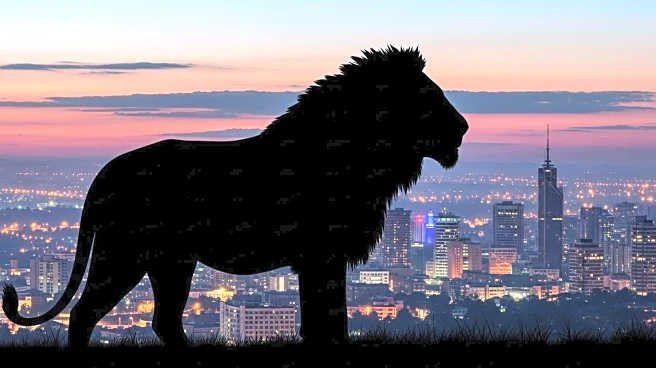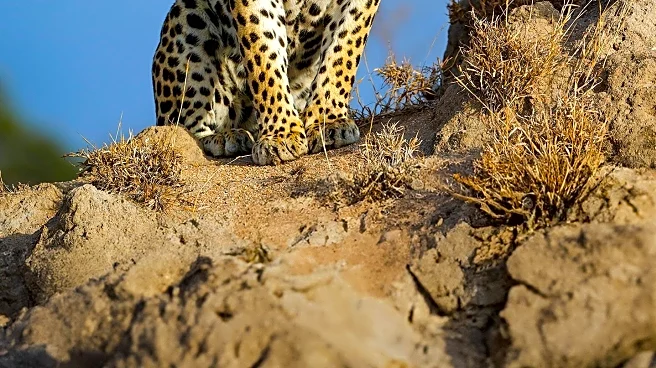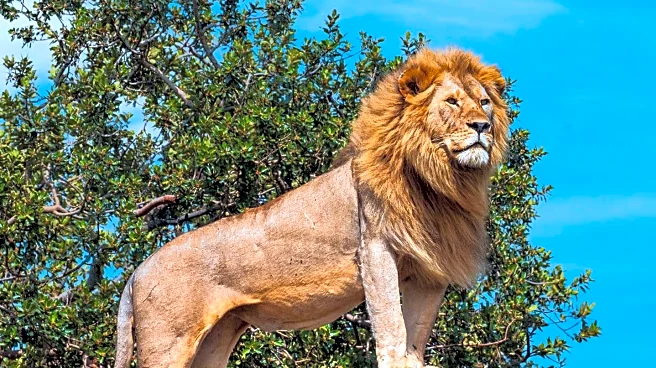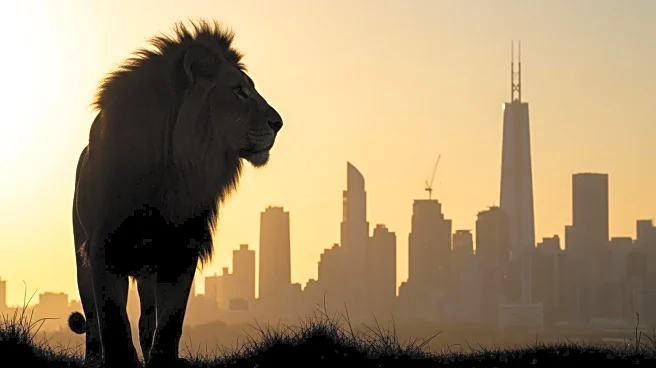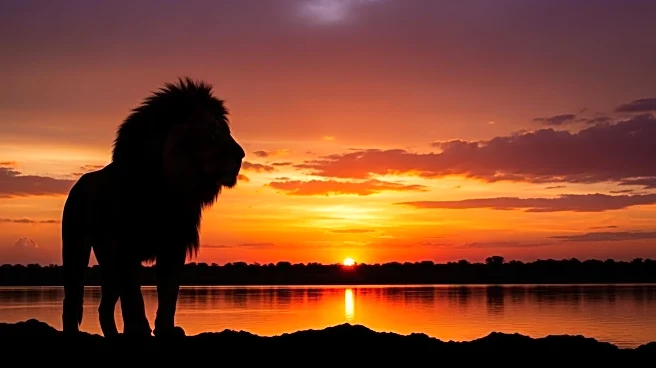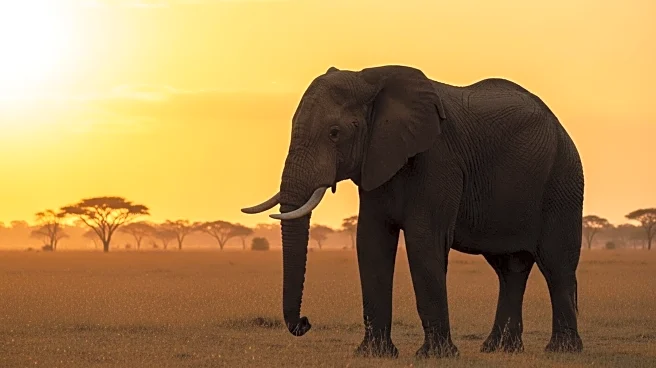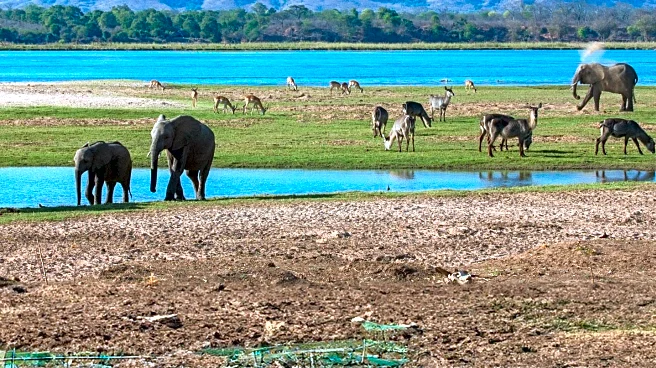What is the story about?
What's Happening?
In Nairobi, Kenya, the coexistence of humans and lions is becoming increasingly perilous. A recent incident involved the death of a 14-year-old girl, Peace Mwende, by a lion, highlighting the dangers faced by residents living near Nairobi National Park. The Kenya Wildlife Service (KWS) is tasked with managing these human-wildlife interactions, especially as the lion population in Kenya is estimated to be just over 2,000. The park, which borders the city, has traditionally relied on southern grazing lands for wildlife migration. However, these areas are rapidly being developed into residential and industrial zones. In response, the Kenyan government has announced a nearly $5 billion plan to create a migratory corridor to facilitate safe wildlife movement. Additionally, some non-governmental initiatives are compensating landowners to keep their properties unfenced for wildlife.
Why It's Important?
The situation underscores the complex balance between urban development and wildlife conservation. As Nairobi expands, the natural habitats of lions and other wildlife are shrinking, leading to increased encounters with humans. This poses significant risks to both human safety and the survival of endangered species like lions. The efforts by KWS and other organizations to create migratory corridors and maintain open lands are crucial for preserving biodiversity. However, the challenge remains in educating urban communities on how to safely coexist with these predators. The outcome of these efforts will have long-term implications for conservation strategies and urban planning in Kenya and potentially other regions facing similar issues.
What's Next?
The success of the proposed migratory corridor and other conservation efforts will depend on effective implementation and community cooperation. There may be increased focus on public education campaigns to raise awareness about living safely alongside wildlife. Additionally, the government and conservation groups might explore further technological and policy innovations to mitigate human-wildlife conflicts. The situation will likely attract international attention, potentially influencing global conservation policies and urban development practices.
Beyond the Headlines
The human-lion conflict in Nairobi highlights broader ethical and cultural questions about wildlife conservation in rapidly urbanizing areas. It raises issues about the rights of indigenous wildlife versus the needs of expanding human populations. The situation also reflects the global challenge of balancing economic development with environmental sustainability. Long-term solutions may require rethinking urban planning and development to integrate natural habitats, ensuring that both human and wildlife communities can thrive.
AI Generated Content
Do you find this article useful?
